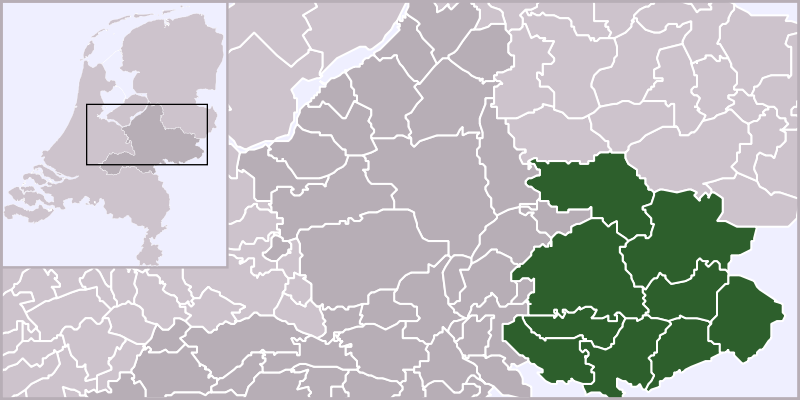Shishkabob
Forum Chief
- 8,264
- 32
- 48
The way EMS is run with nepotism, lack of career advancement, pulse and a patch quality employee standards, using the absolute least amount of resources to barely do the job and wear out their crews, no thank you to EMS running the show.
?
Ever think that's because fire gets a bigger chunk of the money? And that's because they fudge the numbers?
Heck, id trust my life with ATcEMS over austin fire any day.
ATcEMS, Rockwall county and Hood county....thee places that are proof positive that EMS can do more of the technical rescue stuff and excel at it.

